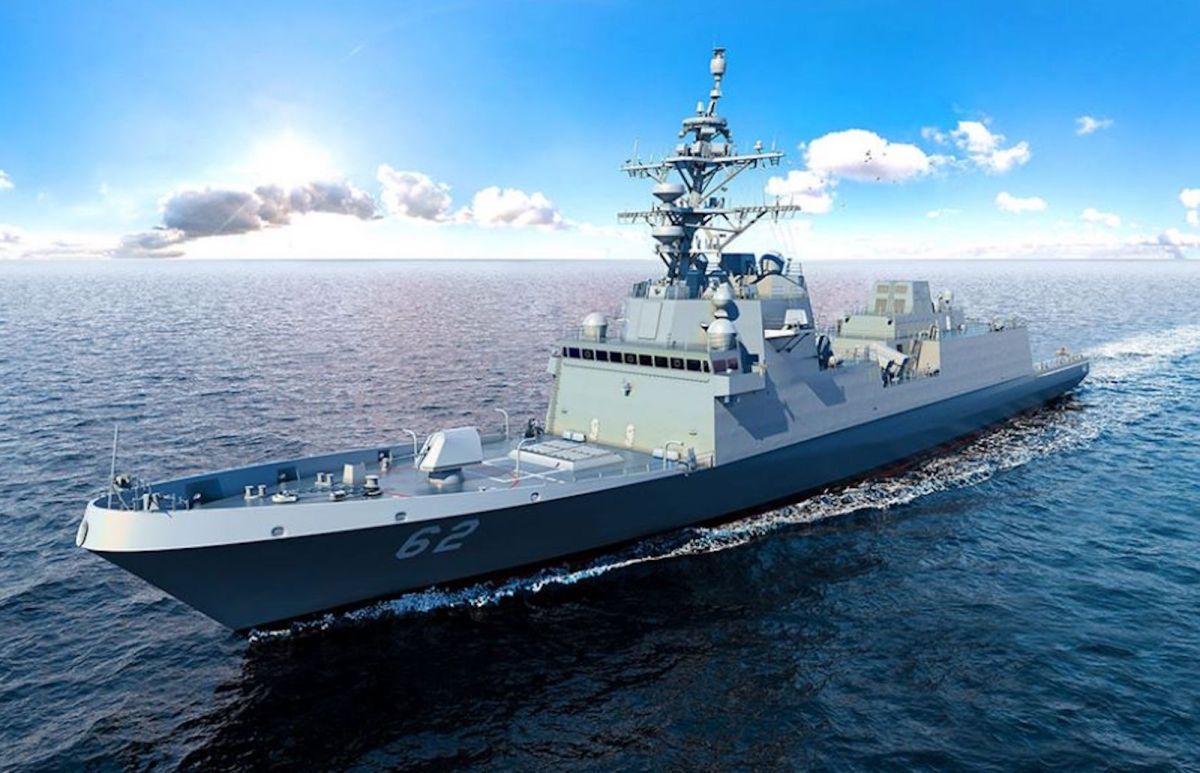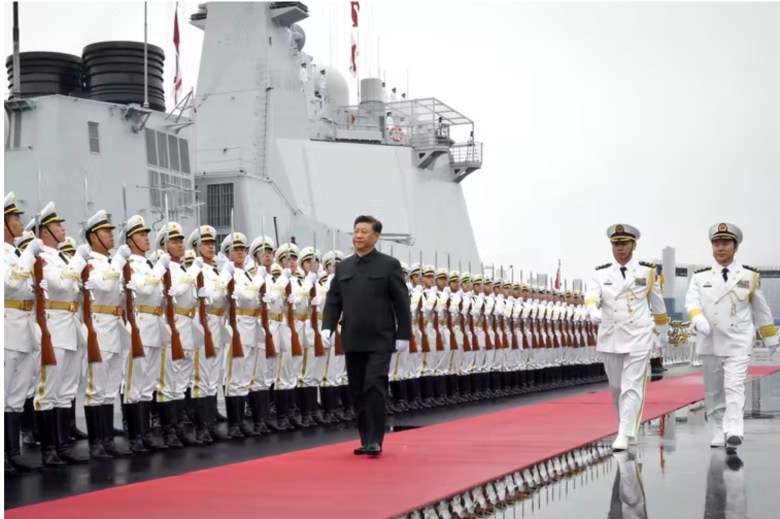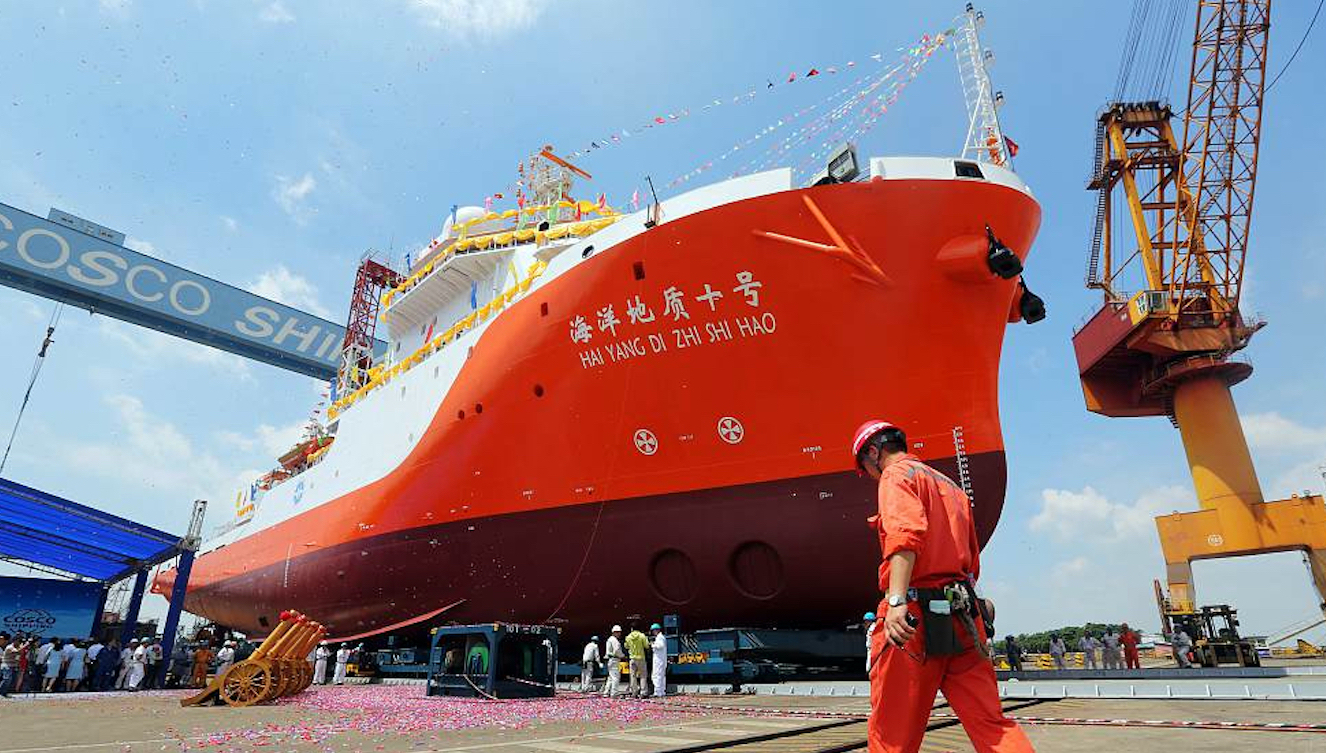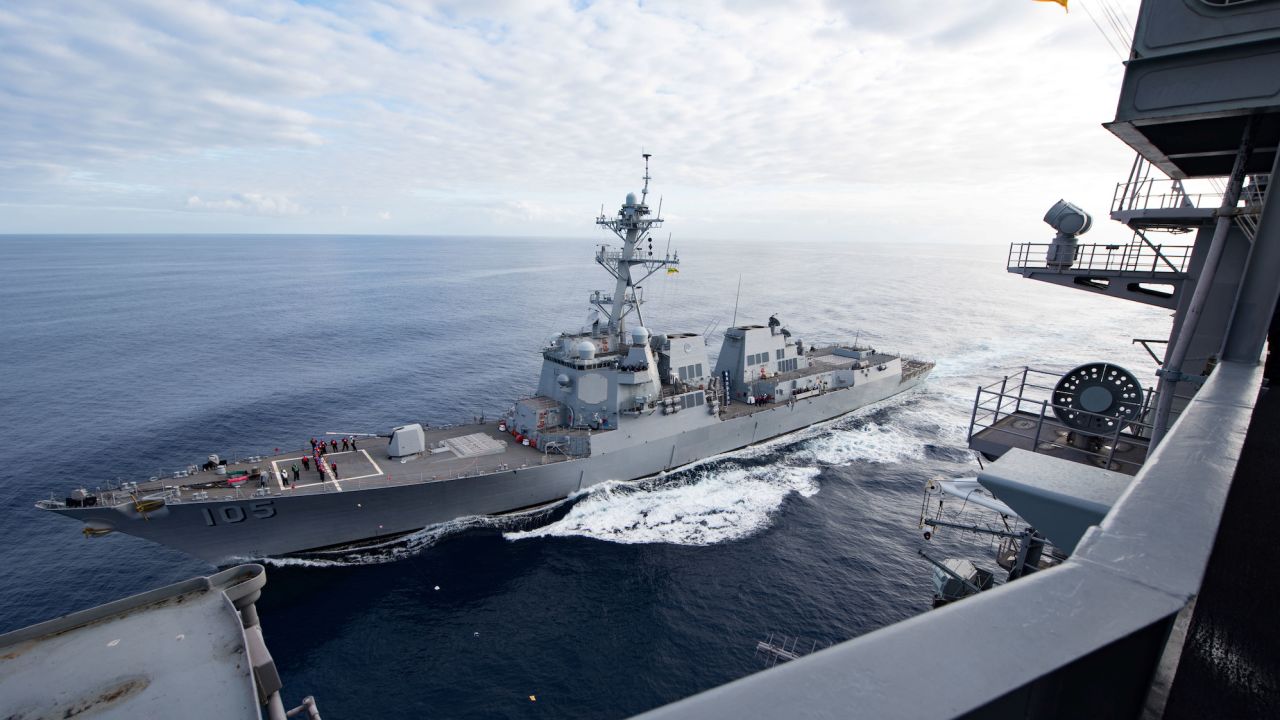beijingwalker
ELITE MEMBER

- Joined
- Nov 4, 2011
- Messages
- 65,187
- Reaction score
- -55
- Country
- Location
US Navy shipbuilding too little, too late to catch China
By GABRIEL HONRADAMAY 18, 2023
The US plans to catch up with China’s navy by building its first frigates since the early 2000s, a strategic scheme that may make up for dwindling fleet numbers but not lost time.
US chief of Naval Operations Admiral Mike Gilday, during a recent hearing of the Senate Armed Forces Committee, said that he wants to boost US naval shipbuilding from two ships at one shipyard per year to production at two shipyards, Popular Mechanics reported.
The comment underscores the perceived need to ramp up production of upcoming Constellation-class frigates, with the US Navy initially committing to acquire 20 ships. The Popular Mechanics report mentions that the desire to add a second shipyard for production could yield 40 more ships in the next ten years, with around 50 ships seen as the ideal number for the US Navy.
Since decommissioning the successful Oliver Hazard Perry-class, the US Navy has not operated frigates, opening a capability gap in specific mission areas. Peter Suciu notes in an August 2021 article for The National Interest that the Perry-class frigate was a low-cost design built between 1977 and 2004 intended to replace the US Navy’s World War II destroyers and meet large Cold War fleet numbers that set stringent design controls on size and costs.
Suciu notes that the 71-ship Perry class had a 40-year service life performing low-intensity missions such as maritime interdiction operations, counter-narcotic efforts and engagement with partner navies.
However, he says that led to the frigates ending in worn condition, leading to their removal from service in 2003, with the last Perry-class frigate decommissioned in 2015. That left the US Navy without frigates for the first time since 1943.
That decision has seen the US Navy deploy overly-capable ships for low-intensity missions. Jerry Hendrix notes in an April 2020 article for National Review that the US practice of deploying ships such as Arleigh Burke destroyers for tasks like counter-piracy operations, showing the flag and maintaining persistent naval presence may detract these critical naval assets from more important roles such as providing missile defense and other high-end missions.
Hendrix says that frigates and corvettes, with their smaller size, smaller crews, lower sensors and weapons complexity, and lower costs make them feasible to purchase in large numbers to perform low-intensity missions.
He says that while the US Navy tried to replace the Perry-class with Littoral Combat Ship (LCS) corvettes, the LCS proved not as effective as hoped with multiple problems with weapons systems, survivability and hull integrity, leading to the type’s early retirement.
Although John Cole and Thomas Ulmer note in a December 2017 article for Defense 360 that the US briefly reconsidered reactivating the Perry class in 2016, that plan was shelved as the frigates would face maintenance, personnel and capability issues.
Cole and Ulmer point out that shipbuilders may no longer make the legacy frigates’ components, training new crews would sap limited resources that could be spent acquiring newer naval assets, and that refurbished frigates are unsuitable as a capability gap filler for higher-end naval assets.
Aside from addressing a capability gap in performing low-intensity missions, the US may need to match China’s rapidly growing navy regarding ship numbers.
Asia Times noted in February 2023 that as of 2022, the People’s Liberation Army-Navy (PLA-N) is the world’s largest navy with 340 ships, while the US Navy is the second-largest at 280 ships.
That gap is expected to grow with China having 400 ships by 2025 and 440 by 2030, with much of that growth coming in the form of major combatants such as cruisers and destroyers. In contrast, the Biden administration’s plan for 280 ships by 2027 and, ultimately, 363 ships by 2045 is small in comparison.
Although US warships may be more advanced, quality cannot replace quantity and physical presence. In a May 2022 Heritage Foundation article, Brent Sadler points out that the Biden administration’s “divest to invest” naval shipbuilding strategy shrinks the US Navy’s capability outright while placing too much faith in “wonder weapons” such as unmanned warships that are still in the prototype stage.
Sadler notes that even if the US gamble pays off, the US Navy will still have fewer ships to train future crews. He says keeping ships on active duty, training and sustaining capacity is better until viable replacements are at hand.
China’s fleet numbers are backed by formidable naval shipbuilding capabilities, with one of its 13 naval shipyards having more capacity than all seven US naval shipyards combined. This capacity is possible through China’s civil-military fusion strategy that entails the concurrent building of warships and civilian ships in the same shipyards.
That approach allows China’s shipbuilding industry to operate at capacity despite economic downturns, apply civilian mass production techniques to naval shipbuilding, incorporate advanced civilian technologies to warships, maintain surge production capability and circumvent sanctions targeting its military modernization.
China is already deploying this fleet globally, with new warship designs being built for that purpose.

China’s Type 055 cruiser Nanchang. Photo: Facebook
Asia Times noted in a separate February 2023 article that China’s upcoming Type 054B frigate is a low-end anti-submarine ship designed to work alongside the high-end Type 055 cruisers and Type 052 destroyers, which are too expensive to build in large numbers.
The Type 054B has a size closer to the Type 052 destroyer than its Type 054A predecessor. This increased size and displacement may indicate more global deployments and a desire to match US naval power.
In addition, its increased size allows it to carry more fuel and stores for global deployments aimed at securing its Maritime Silk Road geostrategic project while integrating new weapons, armaments and technologies, thus enabling it to operate as part of China’s carrier battlegroups.

US Navy shipbuilding too little, too late to catch China
The US plans to catch up with China’s navy by building its first frigates since the early 2000s, a strategic scheme that may make up for dwindling fleet numbers but not lost time. US chief of Naval…
 asiatimes.com
asiatimes.com








